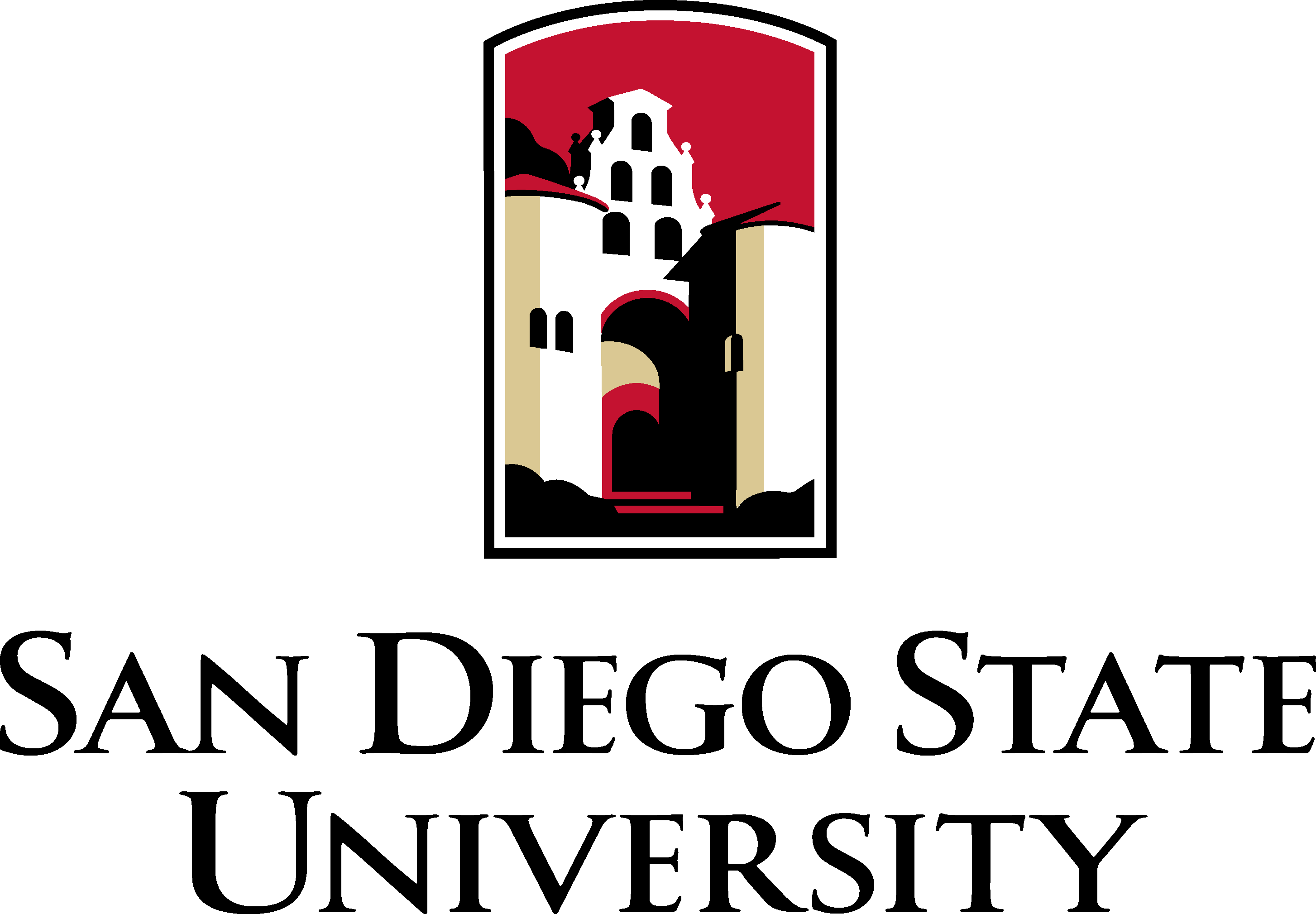Research in the Department of Chemistry and Biochemistry
Please see the Faculty Directory for more information on each faculty member's research focus and current publications.
Research Areas
- Analytical Chemistry
- Harrison: capillary electrophoretic separations, with a focus on biologically important compounds;
- Holland: NMR spectroscopy and other approaches to analyze biological and biologically-inspired materials;
- Hu: microfluidic sampling to develop analytical techniques and models to study cell membrane permeability;
- Lee: spectroscopic biosensors that allow single-molecule analysis of signaling reactions and development of functional nanostructure/biomolecule hybrids;
- McCall: chemical cartography that allows whole-organism mapping to investigate disease causation and treatment;
- Tong: low detection limit studies of compounds with applications ranging from human health to homeland security.
- Biochemistry
- molecular interactions in virus replication and activity (Rees Garmann).
- NF-κB regulation, muscle motors, and antibodies (Tom Huxford);
- protein design (John Love).
- biochemical mechanisms of human disease (Christal Sohl);
- transfer RNA biogenesis and disease (Manal Swairjo);
- signal transduction (Peter van der Geer);
- Chemical Education
- Regis Komperda's group studies the measurement of motivation, student and instructor strategies, and learning environment, all to help develop and quantitatively assess evidence-based teaching methods.
- Inorganic Chemistry
- Organic Chemistry
- Byron Purse: unnatural nucleosides, fluorescent probes, medicinal chemistry, self-assembly, molecular recognition
- B. Mikael Bergdahl: asymmetric total synthesis of natural products, organometallic chemistry, bioorganic chemistry and chiral synthesis with the emphasis on catalysis and asymmetric induction.
- Thomas Cole: boron/organometallic chemistry; computational organic chemistry.
- Physical Chemistry
- Yuezhi Mao's group, developing computational methods, especially as related to noncovalent and weak interactions;
- David Pullman's group, studying chemistry of nanomaterials and surfaces by experimental and and computational methods;
- Andrew Cooksy's group, investigating the properties of reactive chemical intermediates in combustion, interstellar chemistry, and biochemistry;
- Greg Holland's group, using magnetic resonance spectroscopy to probe the properties of biomaterials.
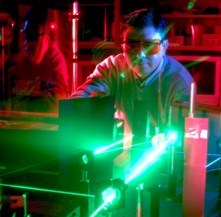
Analytical Chemistry at SDSU
The Analytical Chemistry Group at SDSU is led by faculty members with expertise in each of five major areas of analytical instrumentation and methodology: separations (Chris Harrison), magnetic resonance (Greg Holland), microfluidic assays (Juan Hu), and microscopy (Youngkwang Lee), and mass spectrometry (Laura-Isobel McCall), laser spectroscopy (William Tong).
These groups have a diverse range of interests coupled with these specialties:
Apply to graduate school at SDSU!
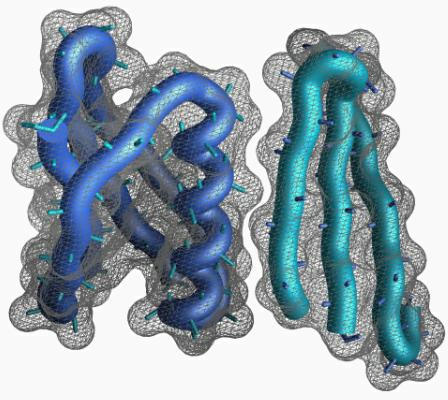
Biochemistry at SDSU
Research in the Biochemistry group includes studies of:
Apply to graduate school at SDSU!
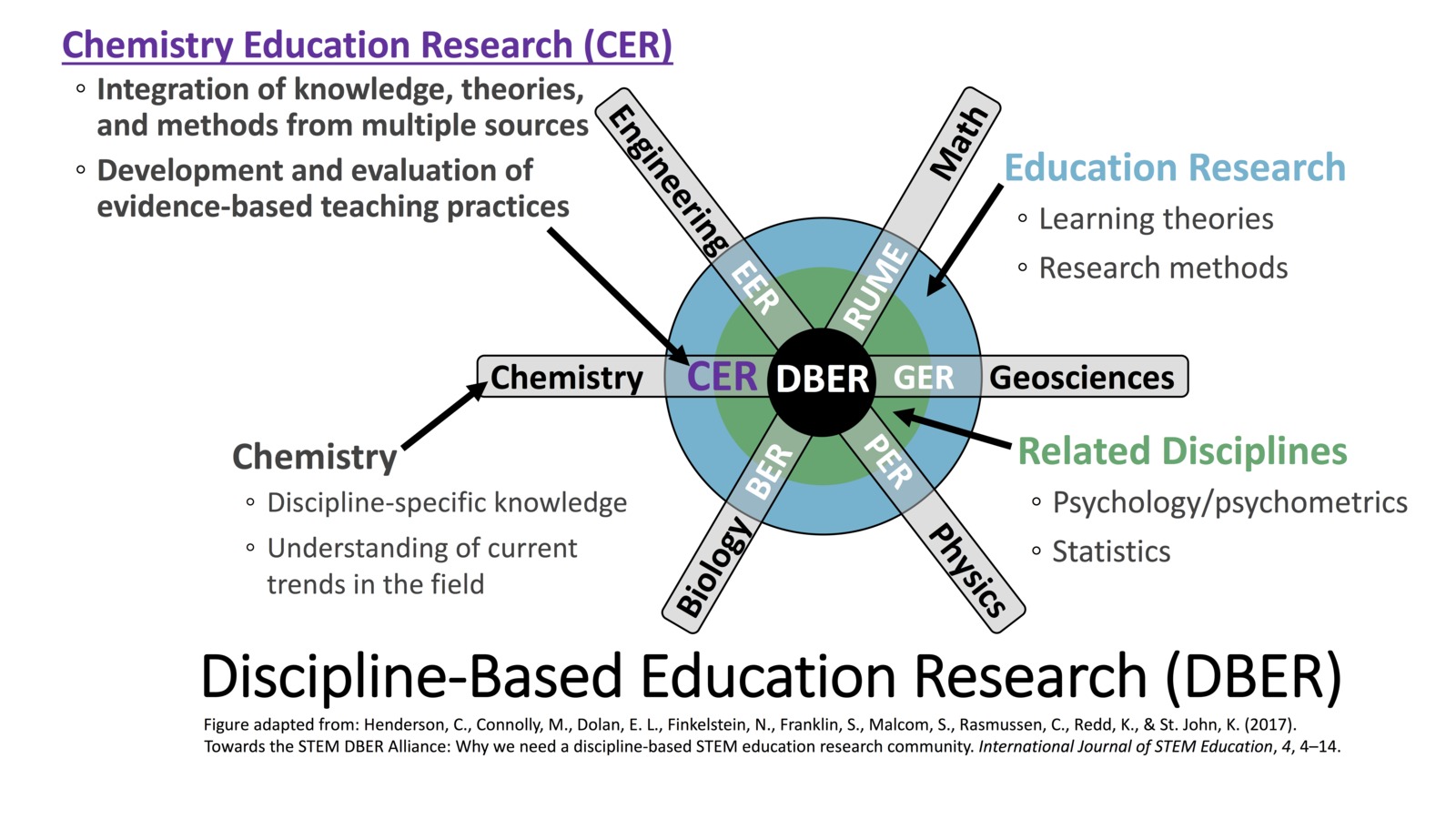
Chemical Education at SDSU
Chemical Education is the study of how we learn chemistry, whether it's physical concepts of matter, laboratory skills, pattern recognition in organic reaction mechanisms, or other tools and tricks that we use to acquire and pass on our understanding of molecular systems. Chemical education research at SDSU is carried out by:
Apply to graduate school at SDSU!
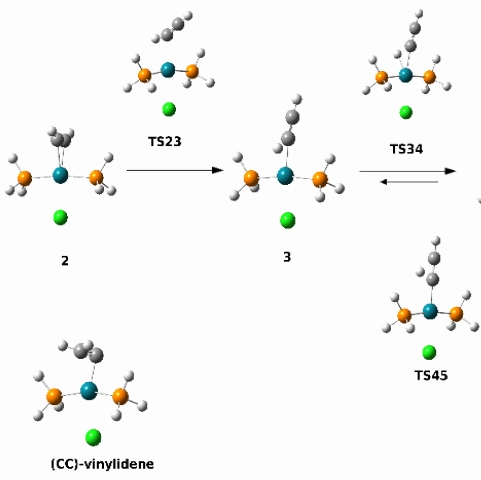
Inorganic Chemistry at SDSU
The inorganic chemistry research program at SDSU includes investigations in environmental chemistry, the synthesis of optically active organometallics, and the characterization of bioinorganic compounds. Much of this work bridges the traditional divisions of inorganic, organic, and materials chemistry.
Apply to graduate school at SDSU!
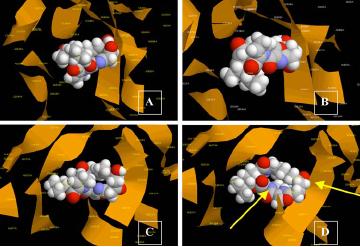
Organic Chemistry at SDSU
The study of organic chemistry at SDSU spans the development of new methodologies, synthesis of organometallic and organoboron compounds, bioorganic photoactivity, and catalysis. Research groups in this area at SDSU are listed below.
Apply to graduate school at SDSU!
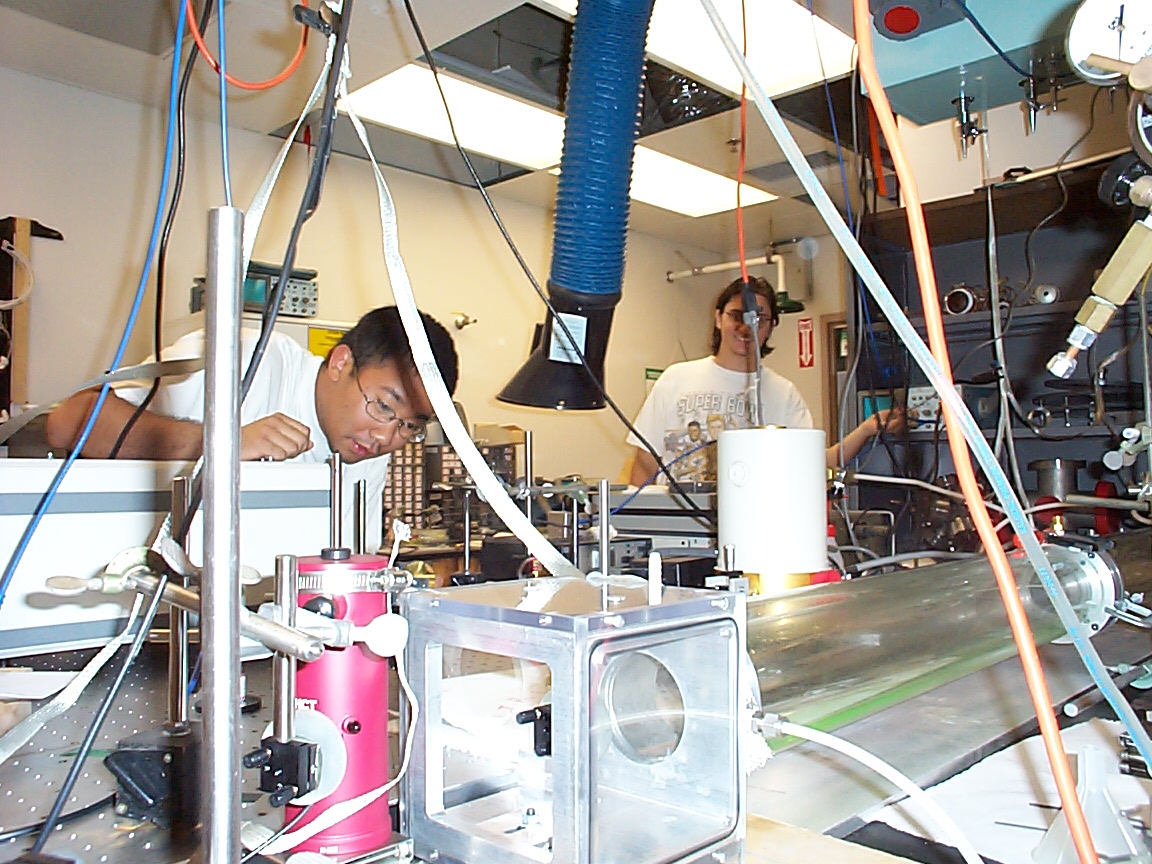
Physical Chemistry at SDSU
Physical Chemistry is the study of those fundamental laws that govern the behavior of all molecules. If you're a chemist, and you want to understand what you're doing, then you're a physical chemist. P-chem and p-chem-ish labs at SDSU include:
Apply to graduate school at SDSU!
Consult the following resources for additional information on research in the Department of Chemistry and Biochemistry.
